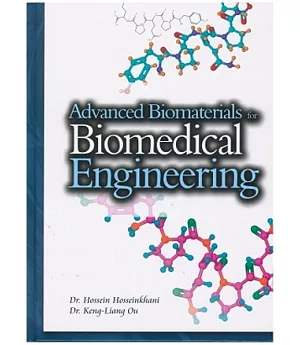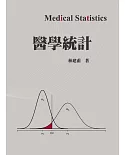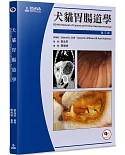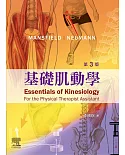作者簡介
Hossein Hosseinkhani
Professor Hossein Hosseinkhani received his Ph.D degree in Polymer Chemistry in the field of Biomedical Engineering from Kyoto University, Japan (1998-2002). Dr. Hosseinkahni has broad
experience in life sciences and is expert in nanotechnology, biomaterials and stem cells technology for regenerative medicine and biomedical engineering applications. He has been awarded
several prestigious fellowships including JSPS Fellowship of Japan at Institute for Frontier Medical Sciences, Kyoto University Hospital (2002–2004), ICYS Research Fellow of Japan
at Notational Institute for Materials Science (2004–2008), IRIIMS Research Fellow of Japan at International Research Institute for Integrated Medical Sciences, Tokyo Women’s Medical University
(2008–2009), and Visiting Scientist at Center for Biomedical Engineering, Massachusetts Institute of Technology (MIT), USA (2007–2009). Dr. Hosseinkhani has 50 issued Japan and U.S. patents,
several U.S. patents pending and has authored over 100 international publications in prestigious international journals and over 200 presentations at international conferences till present
time. Currently, he is Director of Bioengineering Program and Professor at the Graduate Institute of Biomedical Engineering, National Taiwan University of Science and Technology (Taiwan
Tech).
Keng-Liang Ou
Professor Keng-Liang Ou graduated from Mechanical Engineering Ph.D. program at National Chiao Tung University, Taiwan. Professor Ou came to Taipei Medical University to pursuit on biomaterial
research and development and he becomes the current elected Dean of College of Oral Medicine in Taipei Medical University, Taiwan. He is also in charge of Graduate Institute of Biomedical
Materials and Tissue Engineering, Research Center for Biomedical Implants and Microsurgery Devices and Research Center for Biomedical Devices and Prototyping Production. Besides the
institutional positions, he is the President of Institute of Plasma Engineering Taiwan, the leader of The Taiwan society for metal heat treatment and the Head Taiwan Oral Biomedical Engineering
Association. Professor Ou focuses his researches on, Biomaterials, Bioengineering, Nanotechnology, and Biomedical Devices. He is the leader and organizer for the biomedical product design,
production, manufacturing, testing, legalization and market planning, with supports from team of scientists and researchers with different expertise. Professor Ou was honorably awarded with the
49th Ten Outstanding Young Persons of Taiwan on 2011.





















